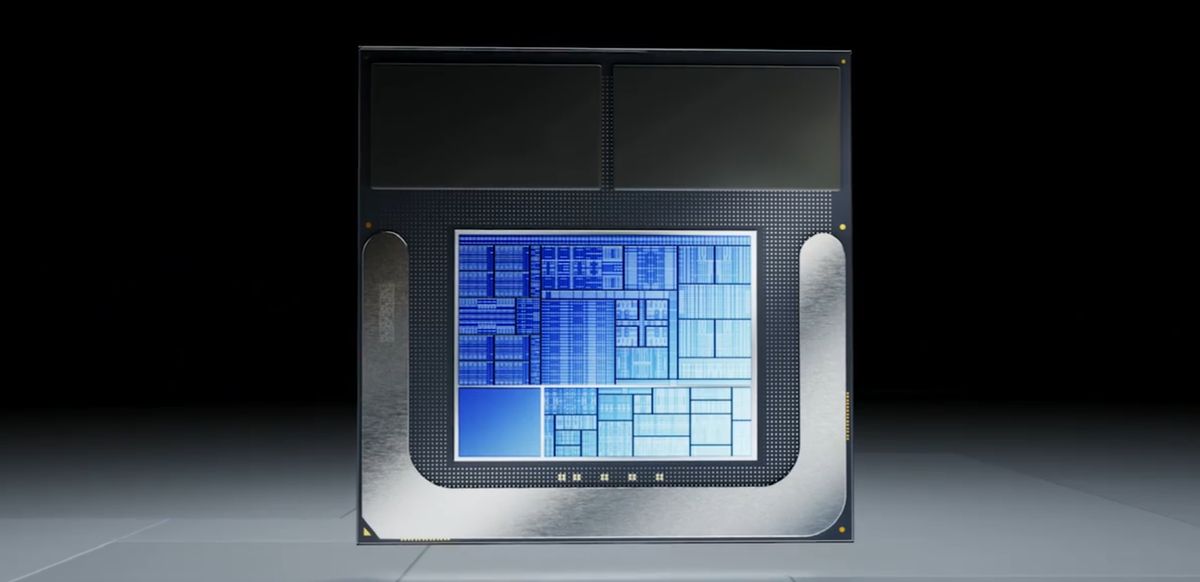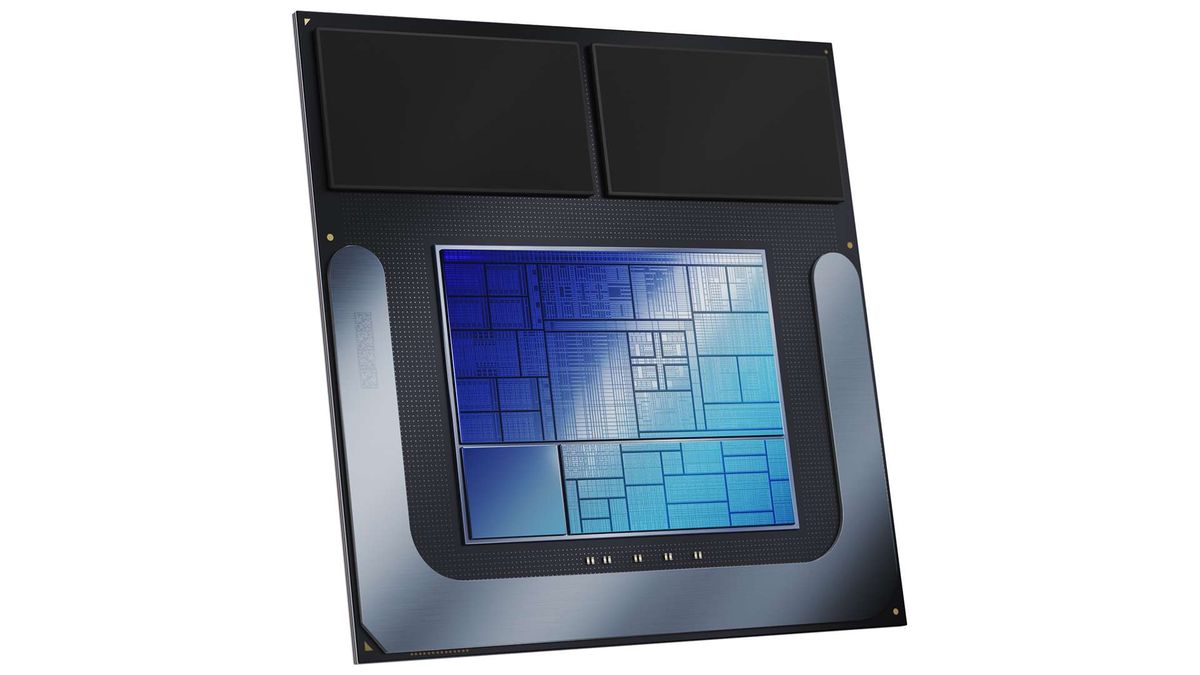Intel Computex 2024! The company unveiled its next-generation mobile processor, Lunar Lake, to strengthen its position in AI-powered computing.
Intel’s new chip, Lunar Lake, promises significant improvements in AI performance and overall processing power. Here’s all we know about Intel Lunar Lake…
Intel Computex 2024: Lunar Lake chip unveiled
Remember the previous generation Meteor Lake chips? Lunar Lake significantly improved over the previous chips, equipped with an updated neural processing unit (NPU) that offers AI performance of up to 48 TOPS (trillion operations per second). If you are unfamiliar with NPUs, check out our related article.
We’ve been seeing groundbreaking things in AI lately. Google’s I/O and OpenAI’s Spring Update events caused us to marvel at many innovations. It is a critical step for Intel to strengthen its AI ambitions and surpass the 40 TOPS limit set by Microsoft for Copilot+ AI PCs. The company has achieved this high performance by increasing the size of the NPU, improving the digital signal processor, and applying AI optimizations.

Of course, it’s not just the NPU that determines AI performance. Thanks to Lunaer Lake’s CPU and GPU improvements, total AI performance can reach up to 120 TOPS. On the other hand, Intel’s new Skymount E-core provides performance and efficiency gains over the previous generation. In addition, the new Xe2 GPU in the chip offers up to 80 percent increase in gaming performance.
Another notable feature of Lunar Lake is its in-package LPDDR5 memory, similar to Apple’s M-series chips. This means it is limited to a maximum of 32GB of RAM. However, Intel promises up to 60% improvement in battery life thanks to a new integrated power controller and software optimizations. This makes Lunar Lake attractive for users looking for performance and energy efficiency.
Regarding connectivity options, Lunar Lake supports current standards such as Wi-Fi 7, Bluetooth 5.4, PCIe Gen5, and Thunderbolt 4. However, it is surprising that Intel does not yet support the Thunderbolt 5 standard.
With Lunar Lake, Intel is taking a strong step against rivals like Qualcomm and AMD in the artificial intelligence race. While Qualcomm’s Snapdragon X series and AMD’s Ryzen AI 300 series chips also offer high AI performance, Lunar Lake’s combination of balanced performance, energy efficiency, and gaming performance is remarkable.

Lunar Lake is rumored to use TSMC’s 3nm manufacturing technology for some of its production processes. This is part of Intel’s efforts to increase its production capacity.
Intel’s Lunar Lake chip stands out as an important development in AI-powered computing. The chip attracts attention with its promises of high AI performance, improved gaming experience, and energy efficiency and could be an important player in the market in the coming period. However, it also has some disadvantages, such as the 32GB RAM limit and the lack of Thunderbolt 5 support.
Featured image credit: Intel





